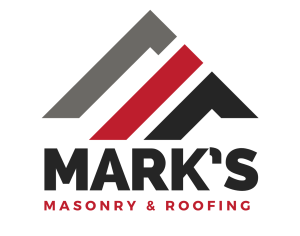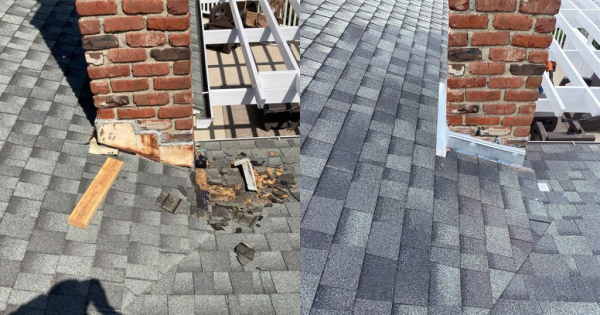Essentially, masonry projects include any work that deals with stone, brick, or concrete. This can include walkways, walls, home exteriors, and more. Masonry units (i.e., stones or bricks) are generally laid and bound together by mortar.
Mortar is a sort of paste that binds stones and bricks together.
It is made up of sand and cement particles. Often, masons specialize in one of the three areas. They are either stonemasons, brick masons, or concrete masons. Though skilled masonry professionals sometimes do all three.
So, fixing those broken bricks, laying a stone walkway, applying concrete sealer, and building that stone fence are all examples of masonry projects. And you should think twice before tackling any of them on your own..jpg)
Call Mark's Masonry and Roofing.
Stone dust is a powdery mixture of finely ground stones that has a sand-like texture. Though it can be a helpful base ingredient when mixed with other materials, most professionals recommend that you never use stone dust on its own as a base.
Stone dust and finely ground stone called “screenings” fall into a material category that has excessive amounts of dust particles called fines. The fines trap large quantities of water that prevent the base layer from adequately draining. According to the Interlocking Concrete Pavement Institute, this water storage compromises a base’s ability to bear and distribute loads. To keep your pavers safe and prevent them from shifting, opt for a base material with a little more durability.Compacted soil typically serves as the subgrade level underneath pavers. While you could technically lay your pavers directly into compacted dirt, this can cause issues, such as:
Poor drainage: Compacted soil is not guaranteed to drain well. Prolonged wetness and excessive moisture could cause instability and unevenness in your pavers.
Initial unevenness: Depending on the location of your pavers, it may be challenging to get a completely even surface with compacted soil alone. Even slight hills and valleys will impact the pavers without a subbase or base level.
Weather warping: If the soil underneath your pavers freezes in the winter, the ground may sink and buckle as it thaws unevenly. Any transformation in the ground will be reflected in your pavers, creating an unsafe walkway.
For security and evenness, it’s best to install your pavers into other materials on top of compacted soil.
A stack bond design resembles the running bond with one difference: rows are laid parallel rather than staggered.
While precisely aligning rows takes time, you don’t have to do any cutting, suiting stack bonds to curves. The pattern’s orderly appearance comes from proper brick spacing, making it ideal for small patio and garden path projects.
Herringbone
Alternating bricks at 45- and 90-degree angles produces a zigzag resembling fish bones, which pavements during the Roman Empire featured. Minimal edge cutting eases laying herringbone patterns, though time-consuming for novices.
You need to space chalk lines properly to prevent errant zigzags. Dry runs for further accuracy. The striking yet uniform appearance suits driveways, patios, or garden walkways.




